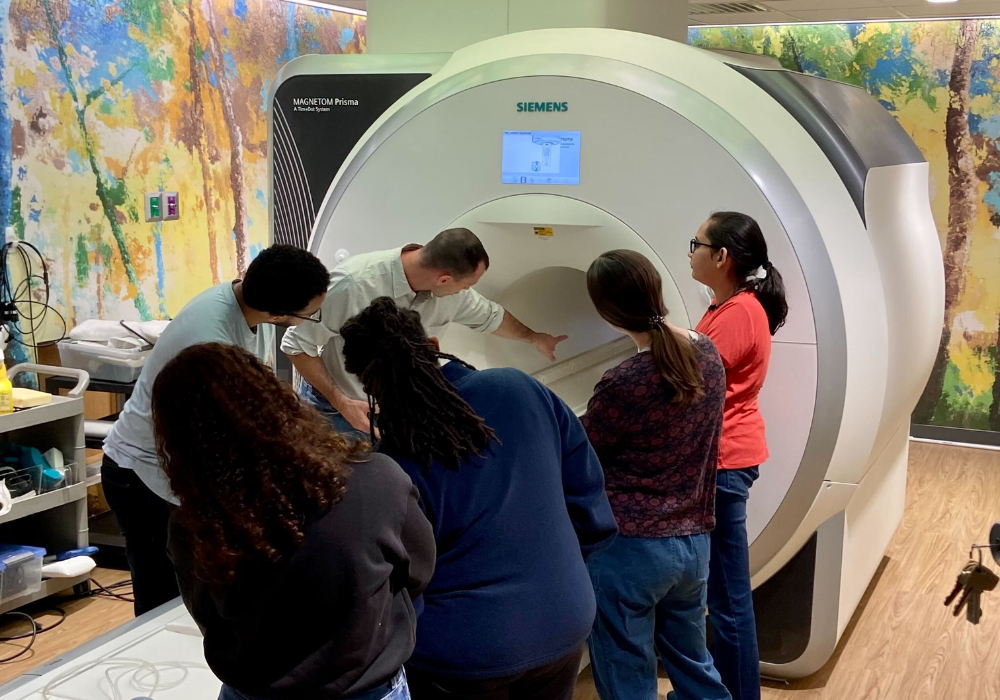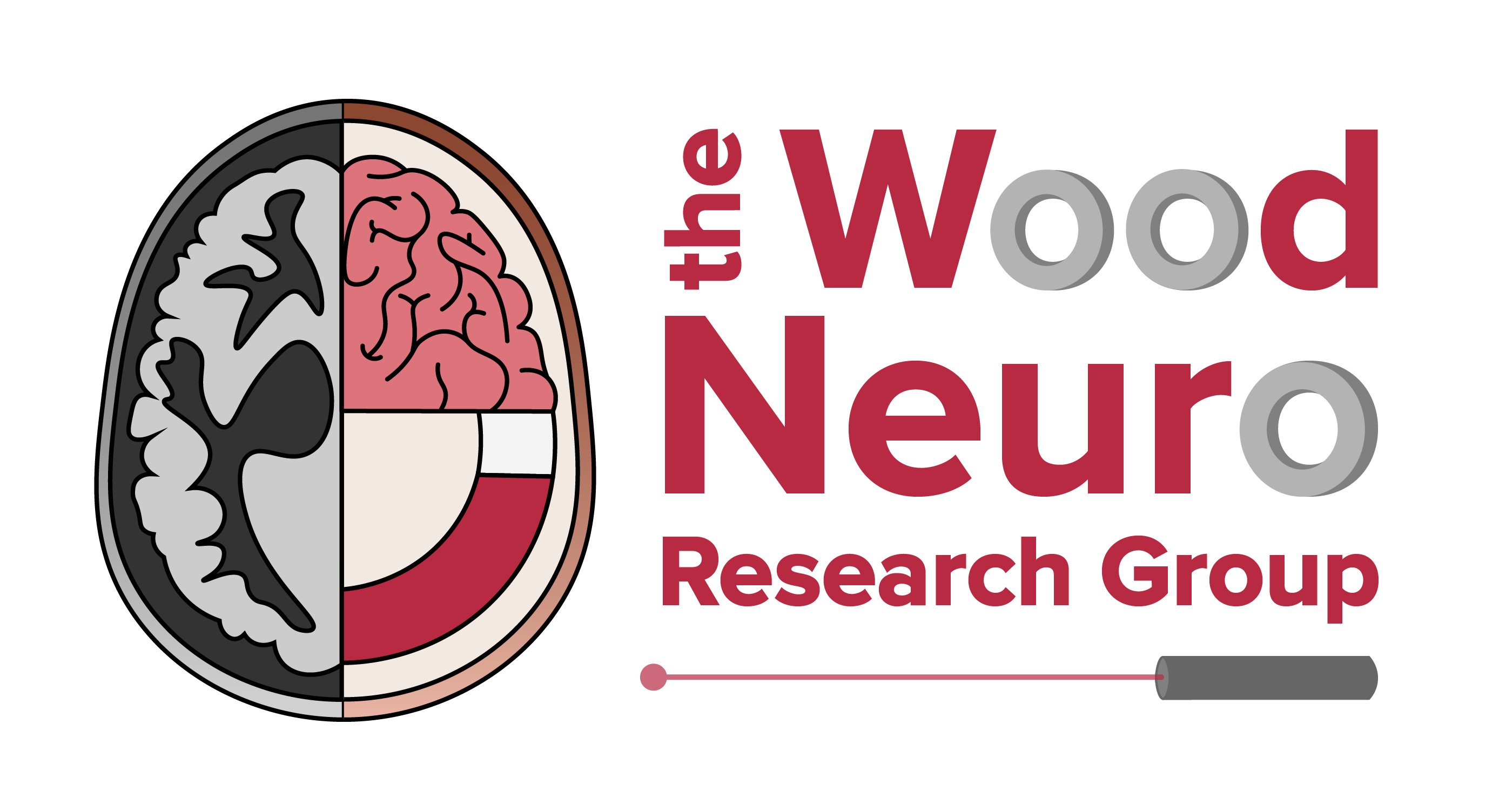
SCD Project - Pain, cerebral autoregulation, and cognition
Sickle cell disease (SCD) is a debilitating disease that impacts many organs, including the brain, and unfortunately half of fatalities occur in ages 45 years and older. SCD occurs from an inherited blood disorder where red blood cells become sickled, impede capillary blood flow, and may cause a pain crisis and the need for emergency care. Noninvasive imaging has identified cerebral structural, vascular, and functional biomarkers that have positively transformed the outcome in patients with SCD. Transcranial doppler imaging significantly reduced mortality in children with SCD and prevented stroke through screening blood flow in the cerebral arteries. Near-infrared spectroscopy (NIRS) and oximetry determined reduced oxygenation in blood as a cerebrovascular biomarker in SCD infants and Nahavandi concluded that blood transfusion increased cerebral oxygen supply and demand in infants. Magnetic Resonance Imaging (MRI) determined a link between structural biomarkers (silent cerebral infarcts, lacunae) in brain regions that impact functional biomarkers like cognitive dysfunction and attention. Van Der Land determined that there are more visible biomarkers at advanced MRI, 7T, than clinical MRI, 3T, suggesting small vessel disease might precede SCD. While noninvasive imaging has progressed SCD, we should be more informed about the fundamentals of vasculature dysfunction and cerebral abnormalities due to various cerebral biomarkers to develop better prevention and intervention methods to the disease and evaluate the impact of transfusion therapy and cognitive improvement. To date, there are limited studies that correlated functional SCD biomarkers of cognition, memory and pain to a comprehensive study and linkage of structural lesions and damaged vasculature in associated brain regions. Our research lab and our collaborators are interested in determining the correlations of cerebral structural, vascular, and functional biomarkers using combined NIRS-EEG-MRI to improve patient outcome in SCD. We will specifically focus on the effects that SCD has on cognition and pain to improve the quality of life of those living with the disease.
Collaborators
Enrico M. Novelli, M.D., Julia Xu, M.D., Jana M. Kainerstorfer, Ph.D., Busola Oluwole, M.D., Tales S. Santini, Ph.D, Tamer S. Ibrahim, Ph.D., Noelia Grande Gutiérrez, Ph.D., Minjie Wu, Ph.D.
Neural Accessibility and Racial Equity in Devices
Functional near-infrared spectroscopy (fNIRS) is an increasingly useful neuroimaging technology for many applications; yet, movement, interference with optical contact, and intrasubject variability remain barriers to achieving performance reliability. Its optimal performance favors people with lighter melanin concentration and minimal hair, which excludes fNIRS from being equally useful to individuals with diverse phenotypes. Through the recent pandemic, the pulse oximeter, which is a cousin of the fNIRS, received a lot of scrutiny for its inability to properly estimate arterial oxygenation in people of all skin tones. Its inaccuracy is believed to be the cause of inaccurate and aggressive measures in COVID-19 patients with darker skin tones.
Our team is comprised of talented students, postdoctoral fellows, research associates and faculty across three labs — Biophotonics Lab, Grover Lab and Wood Neuro Research Group. We are excited, motivated and equipped to address these important and necessary barriers in neurotech, specifically in optical devices and EEG. We are experienced in designing inclusive EEG electrodes for coarse, curly hair types (Etienne et al, 2020) and constructing algorithms that improve the discrimination in optical properties that optical devices encounter due to higher melanin concentration (Robbins et al, 2020). Our team members have extensive experience with neurotechnology while innovating from the cultural lens of being from diverse backgrounds. We have two major projects underway that we do as a collective that involve the assessment and development of inclusive fNIRS and pulse oximeters.
Developing Inclusive pulse oximeters: In this project, we are developing algorithms that adapt for bias in pulse oximetery.
Developing Inclusive fNIRS: In this project, we present an innovative and inclusive strategy to identify solutions to the barriers with fNIRS by developing technology to overcome the influence of hair (type) on securely placed optodes (Aim 1) and the influence of skin color on reliably measuring functional activation (Aim 2). We are1) designing a novel optode holder by adapting the SevoFireFly and quantifying the signal-to-noise (SNR) on coarse, curly hair; 2) quantifying the influence of melanin experimentally and develop data analysis strategies to overcome these influences; and 3) comparing the SNR between subjects as a function of the Fitzpatrick scale. We expect that our expertise and location in Pittsburgh (a community open to technology and healthcare) will allow this project to be successful.
Collaborators
Jana Kainerstorfer, Ph.D., Pulkit Grover, Ph.D., Jasmine Kwasa, Ph.D., Assane Gueye, Ph.D., Dr. Charles Mudenge, Elsie Kaufmann, Ph.D.
Cortical Temperature Markers
Cerebral temperature is important in neurovascular diseases and disorders like hypothermia, ischemic stroke, muscular sclerosis, and headaches, to name a few. Temperature is indicative of various health states and efforts should be made to understand cerebral temperature regulations, which are essential for the development of treatment of severe brain injuries. The fundamental understanding of the spatial and temporal cerebral distribution is very limited in humans and thus many have begun to explore these correlations in animal models. Strong correlations between temperature fluctuations, cerebral blood flow, and brain activity in humans need to be further understood to limit brain injury during a crisis. Fleischer et al explored the feasibility of brain thermal response being used as a potential neuroimaging biomarker in human populations with stenosis. We are interested in investigating if temperature change can be used as a biomarker for cerebral health in the healthy human brain and various vascular diseases and disorders with neural effects. Our team is equipped to answer this question as we have extensive experience working with neural imaging devices and will therefore be primmed to find the connection between temperature changes and neuronal, structural, and/or vascular changes in the brain.
Cognitive and behavioral neuroscience
Our research goal is to study the cortical and subcortical regions of the brain responsible for various cognitive functions such as decision-making, attention, and pain perceptions. We are especially interested in the role demographics such as race, gender, and cultural experience play in neural representations and discover any neural variations. Furthermore, we also want to examine the underlying process and identify any variations when humans are compromised with neurological or neurovascular diseases. Historically, the literature examining these questions has been scarce due to technological limitations, in which tools such as EEG and NIRS are noisier in specific populations than others. Thus, in addition to using state-of-the-art neural technologies to record brain activities, we have developed novel hardware and software to combine with the existing technologies to help answer these questions. We created simple and complex tasks designed to understand how neural circuits compute information and map out the organizational structure of the brain; and we further interpret the results due to demographics and disease.
